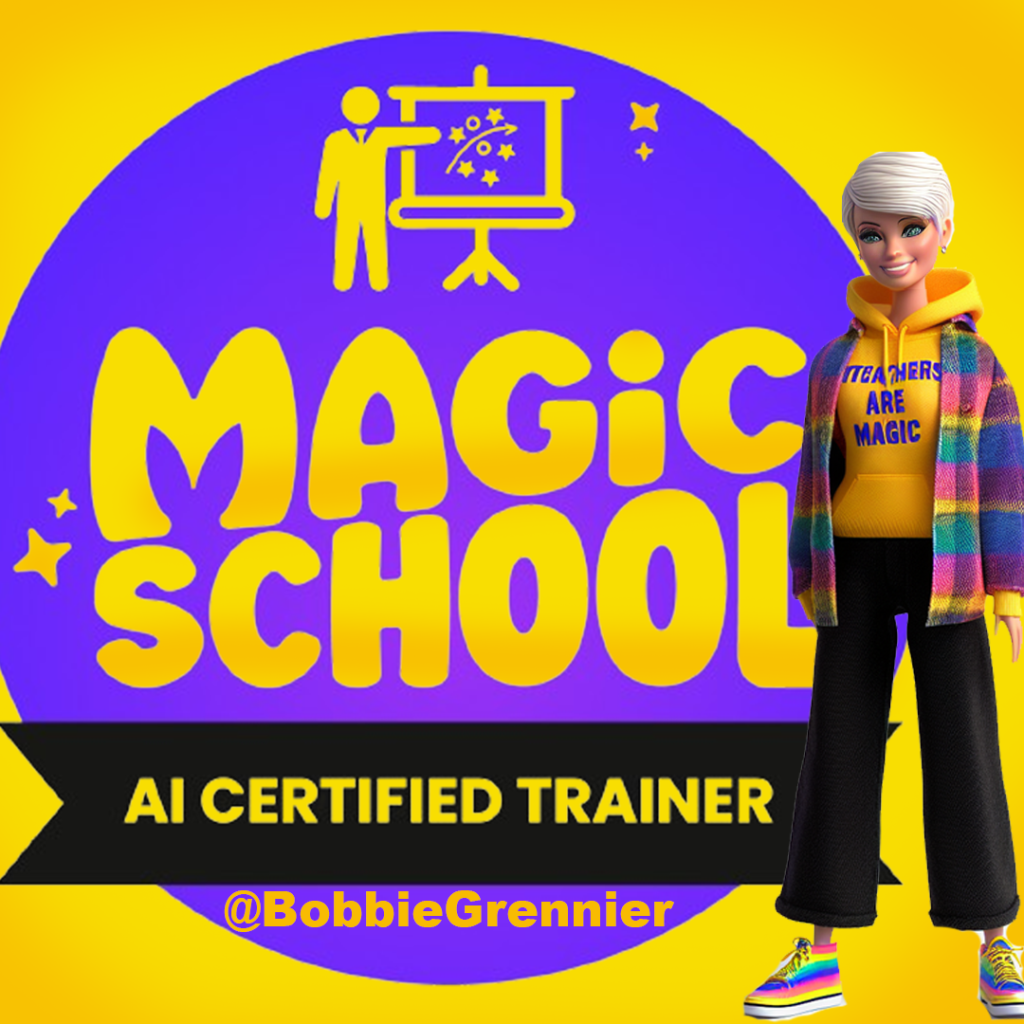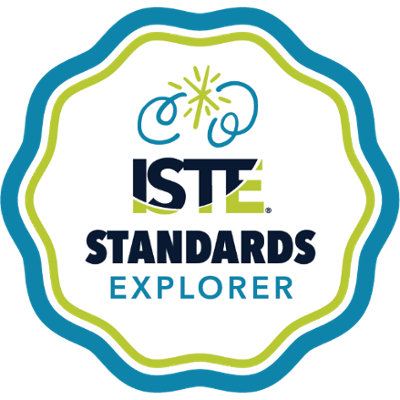Let’s compare and contrast the advantages and disadvantages of a few of the common instructional modes: two-way immersion programs, newcomer centers, structured (sheltered) English programs, mainstream programs with support, ELD and SADIE classrooms.
Two-way immersion programs
Advantage: All students are equally involved in learning a new language. This method prevents the loss of the heritage language.
Disadvantage: The mixing students of different socioeconomic backgrounds and unequal advantages like home computers and parental support are a disadvantage for these students. Also, the shortage of qualified bilingual teachers is an issue.
Mainstream Programs
Advantage: The ELL gets to stay in the classroom with the English-speaking peers, which give more opportunity student-student interaction and provides access to CORE curriculum.
Disadvantage: The issue is what constitutes appropriate support; it can be a bilingual aide, peer-to-peer tutoring, to pull-out ESL sessions. The first might even retard language acquisition if the support isn’t appropriate.
The CDOE five-year study of programs in California showed there was no significant difference in effectiveness of the programs as reflected in the CELDT scores.
With that said, if starting a new program, probably the dual language immersion model is best. Despite the disadvantages to the program, the advantages of bilingualism are a great advantage to native speakers as well as limited English speakers. The process of learning to communicate in a second language promotes understanding of newcomer difficulties. Preserving the heritage language of the ELL can help prevent emotional and familial problems.





















